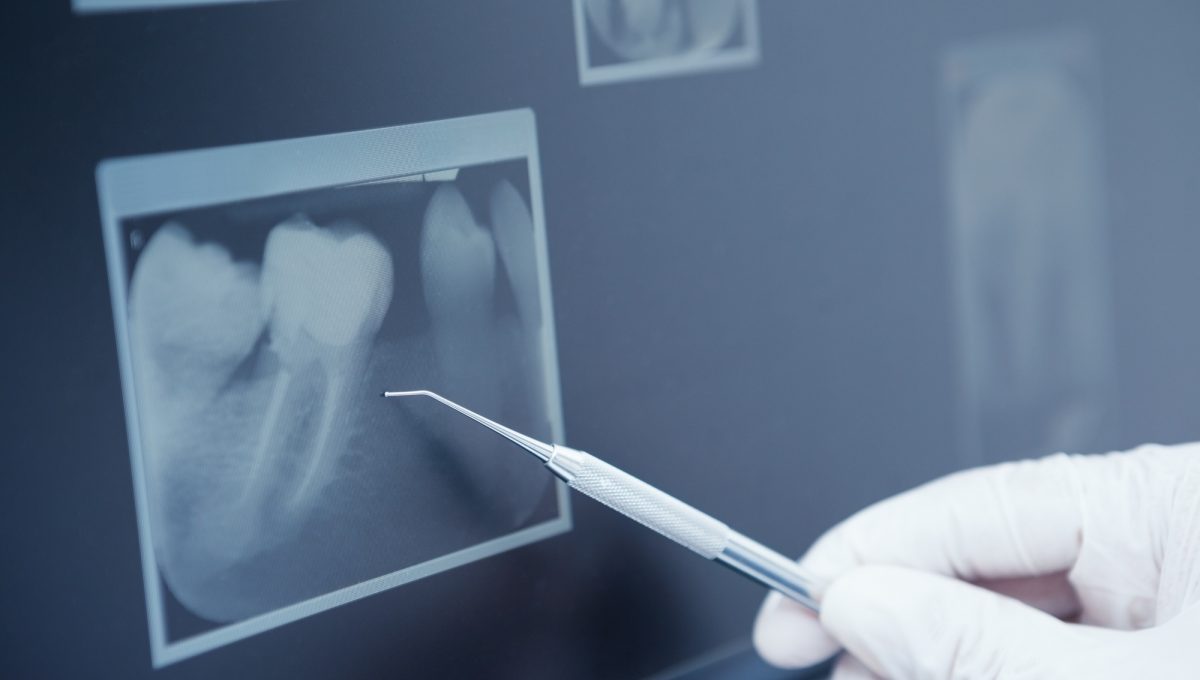How safe is dental radiographic?

7 Signs Your Smile Needs Help
September 6, 2018
Together in the fight for the health of the teeth of our youngest
September 19, 2018Dental radiographic is a common diagnostic procedure in dentistry and it is highly safe, because digital radiographic has a very low dose of radiation, especially in relation to other types of RTG recording used in medicine.
It is an auxiliary diagnostic tool that helps the dentist detect changes in the teeth or jaw bone that are not visible to the naked eye.
In children, x-rays can be used to show where the adult teeth are and when they will appear.
How often should I have x-rays?
We usually suggest x-rays for new patients to get acquainted with all potential problems of oral health.
People who will have teeth problems or who have cords, dental bridges or implants in their mouth should check the condition of the bone around the teeth an average of annually. In people who generally do not have general health problems or with mouth and tooth health, it is sufficient to control teeth for 2 years.
Should I have an x-ray if I’m pregnant?
You should always tell your dental team if you are pregnant. They will take extra care and will probably not use x-rays unless they really have to, especially during the first three months.
What types of x-rays are there?
There are various types of x-ray. Some show one or two teeth and their roots, while others can take pictures of several teeth at once. The most common x-rays are small ones, which are taken regularly to keep a check on the condition of the teeth and gums.
There are large x-rays that show the whole mouth, including all the teeth and the bone structure that supports the teeth. These are called panoramic x-rays.
Why does the radiologists leave the room during an x-ray?
The radiologists might take hundreds of x-rays every week. Staff limit the amount of radiation they receive by moving away from the x-ray beam. However, the risk to patients from one or two routine x-rays is tiny.
We have digital RTGs whose radiation doses are negligible.




